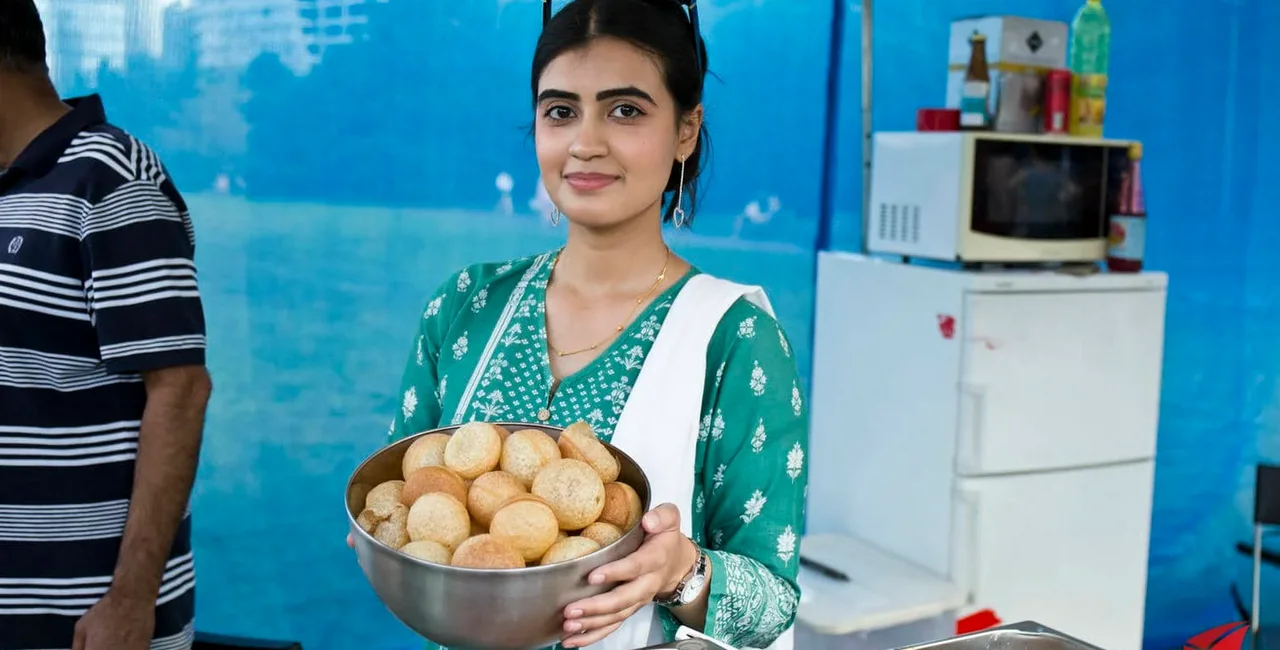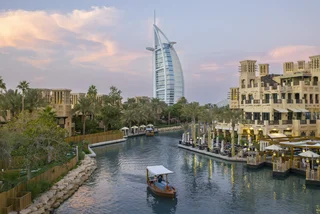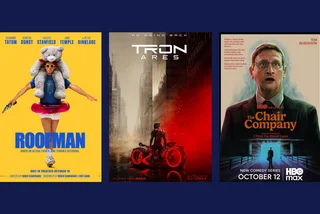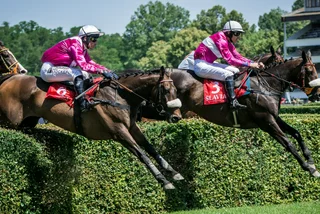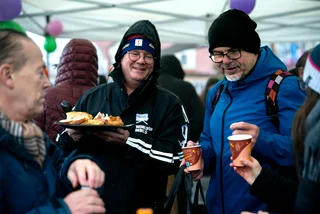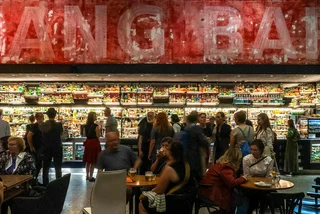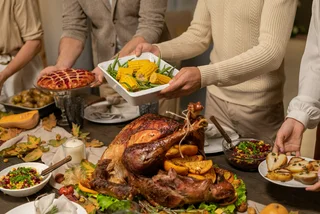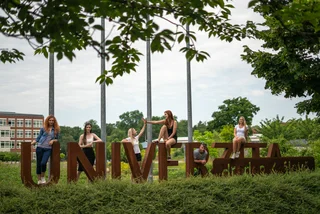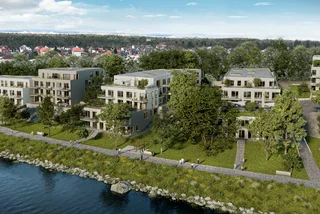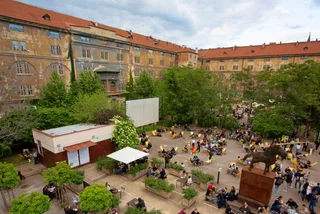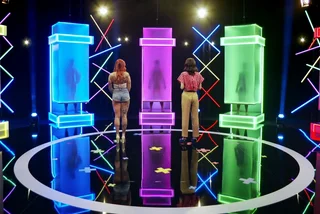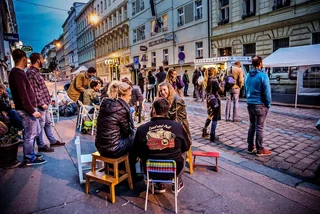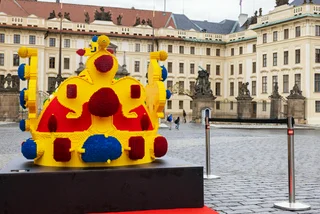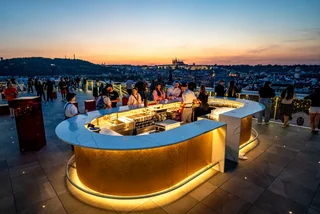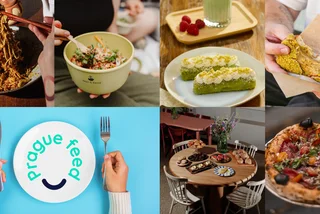Prague’s Asia Far and Near Festival (Asie vzdálená a blízká's) returns this Saturday with a dual celebration: its tenth anniversary and 75 years of Czech–Vietnamese diplomatic relations. More than a cultural showcase, the free event has explicit government backing as part of efforts to reduce xenophobia at a time when foreign communities make up a growing share of Czech society.
The Interior Ministry funds the festival through its We Live on Four Together program, alongside support from the Culture Ministry and Prague City Hall. Organizers from Prague 4 say their mission is to “non-violently eliminate the xenophobic perception of foreigners in the majority society.”
PARTNER ARTICLE
Attitudes toward Asian minorities shifting
Czechia’s foreign population has grown rapidly in the past three decades—from around 100,000 in 1994 to more than 524,000 today, nearly 5 percent of the population. Asian communities make up about 1–2 percent, with the Vietnamese by far the largest group. Officially around 38,000 Vietnamese live in the country, though estimates range from 60,000 to 100,000, making them Czechia’s third-largest minority after Slovaks and Ukrainians.
Attitudes toward Asian minorities are shifting. A 2025 STEM survey found that 71 percent of Czechs would accept a Vietnamese neighbor, up from just 30 percent in 2005. By contrast, fewer than 25 percent said the same about Arabs, Afghans, or Syrians. “Prejudices against foreigners remain widespread, but attitudes toward the Vietnamese have shifted dramatically over the past two decades,” STEM researchers noted.
Czechs and Vietnamese: A longstanding connection
This year’s festival also commemorates 75 years of Czech–Vietnamese relations, dating back to 1950, when Czechoslovakia established ties with Vietnam. During the socialist era, thousands of Vietnamese arrived to study and work under exchange programs. After 1989, many stayed, building small businesses that became part of daily Czech life—from convenience stores to restaurants.
Over time, this once-marginalized group has come to be seen as a bridge between cultures. The Asia Festival highlights that journey, presenting Vietnamese music, dance, and food as part of a wider celebration of Asian cultures.
Breaking barriers with steamed buns
Food is often the easiest way to break down barriers, and this year’s festival puts it at the center. Visitors can wander between stalls offering everything from fragrant Vietnamese pho to Korean bibimbap, Pakistani curries, and Japanese matcha desserts.
One highlight is Dim Sum Mama, run by Zhao Liping. Born in northern China, where wheat rather than rice is the staple, Zhao learned cooking from her mother. Her stall will serve steamed buns and handmade dumplings—comfort food that connects her childhood in China to her new life in Prague.
Other vendors will offer banh mi, Indian samosas, Mongolian buuz dumplings. Organizers say the aim is not only to tempt palates but to spark conversations across cultures while sharing a meal.
From K-pop to Bollywood
Alongside the food, the festival promises a packed program of cultural performances: lion dances, Bollywood shows, Persian folk dance, Vietnamese hat dances, Japanese drum ensembles, and a full evening lineup of K-pop cover groups.
Workshops in tea ceremonies, ink painting, and martial arts will encourage hands-on participation, while a children’s corner ensures families can join in.
The Asia Near and Far runs from 11a.m. to 8:00 p.m., Sept. 6 at Central Park, Pankrác, with free entry and cultural performances beginning from 2 p.m.












 Reading time: 2 minutes
Reading time: 2 minutes 